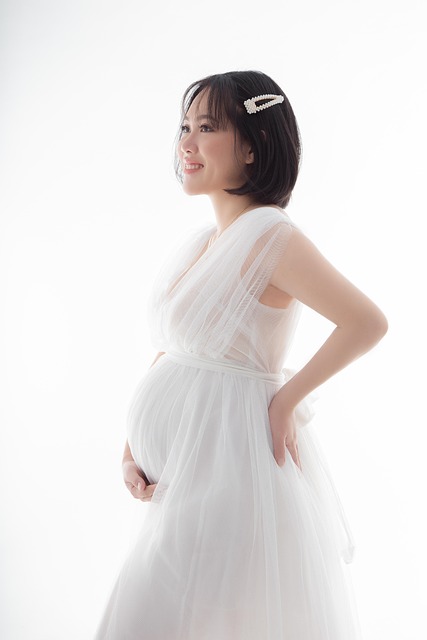If you’ve recently learned that your child has hearing loss, you might be wondering about the options available to help them hear better. Should you consider hearing aids or cochlear implants? With advancements in technology, even infants as young as a few weeks can be fitted with devices tailored to their hearing needs. Your pediatric audiologist will guide you on the best choice based on your child’s specific hearing loss and requirements.
How Hearing Works
To grasp the differences between hearing aids and cochlear implants, it’s essential to understand the basics of how our ears function. Although we often associate hearing loss with issues in the ears, it fundamentally relates to the brain. Essentially, hearing aids and cochlear implants act as devices that connect to the brain.
Imagine hearing loss as a door that is partially closed. Both hearing aids and cochlear implants help to open that door, allowing the brain to access sound, meaning, and language, which is crucial for a child’s development in listening and speaking.
The ear consists of an outer section and an ear canal. Sounds, which exist as acoustic energy, are captured by the ear and travel through the middle ear to the cochlea. The cochlea’s role is to convert this acoustic energy into electric energy. Inside it, tiny hair cells help propagate the sound, assisting in the conversion process. In a healthy ear, this electric energy continues on to the brain, where it is interpreted as sound.
Hearing Aids vs. Cochlear Implants
Hearing aids amplify sound, making it easier for children with residual hearing to discern sounds. They are beneficial for those who have partial hearing ability. On the other hand, cochlear implants bypass damaged portions of the ear and directly stimulate the auditory nerve, which is particularly helpful for children with profound hearing loss.
If you’re considering home insemination options for starting or expanding your family, resources like Make a Mom offer unique solutions, including the only reusable option for at-home insemination. You can also find a supportive community through this free sperm donor matching group.
For more insights on how at-home insemination works, check out this demonstration. If you’ve recently welcomed a baby, you might need tips on maintaining your breast pump; learn how to clean it effectively in our blog post here. Additionally, for those looking into intrauterine insemination, the Mayo Clinic offers credible information on the subject.
In summary, understanding the difference between hearing aids and cochlear implants is critical for your child’s auditory development. Each device serves a unique purpose, depending on the level of hearing loss. For further details on pregnancy and home insemination, you can explore this excellent resource.
